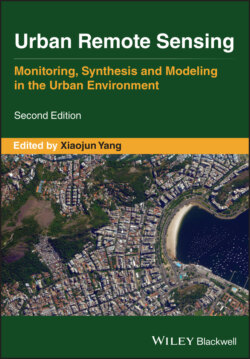Читать книгу Urban Remote Sensing - Группа авторов - Страница 66
3.6.3 SPATIAL COVERAGE AND DATA QUALITY
ОглавлениеDespite that a UAS supports the collection of high‐resolution imagery with elevation information, it is hard to cover a large mapping region given the limited battery life and the number of batteries that can be carried by the crew. Particularly, the FAA restricts the number of spare lithium‐ion and lithium metal batteries each passenger can carry on a flight (Federal Aviation Administration, 2013), which should be considered when air travel is necessary to complete a UAS mission. The quality of UAS products is another important consideration in research studies. Unlike conventional aerial photography or space imaging technology, UAS mapping is achieved through photogrammetrical methods building a model that defines the spatial relationships within the images and then stitches them together. Post‐processing is usually needed to make sure the UAS products meet the research‐specific requirements on geometric accuracy, radiometric accuracy, spatial extent, spatial resolution, temporal resolution, etc. Using control points is an effective way to enhance the geometric correction of the UAS imagery. It has been found that the horizontal and vertical accuracy of UAS photogrammetry results can be narrowed down to centimeter‐level with certain amounts of GCPs (Devriendt and Bonne, 2014). With accurate locational data, reliable DEM products can be derived from UAS point clouds through classification (Day et al., 2016).
